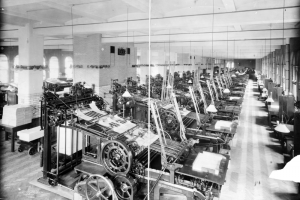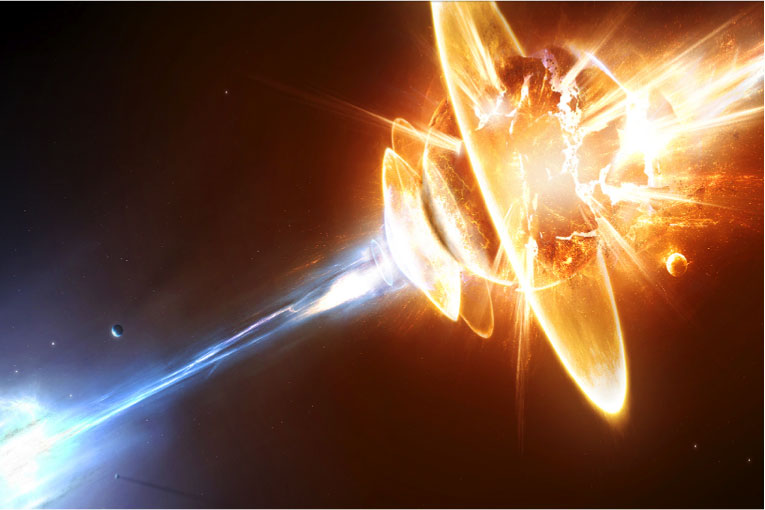We’ve hit an internal milestone in the production of Tearing the Sky, in that all versions of the book are final and submitted for certification by the platforms. Unpacking that a bit, that means we created a digital typeset of the book as a PDF for the print version, an EPUB version for the Apple iBookstore and most digital platforms, and an AZW version for the Kindle. This has been a huge learning experience for me, as I did not expect to do any of this. Having used Quark and InDesign as editor of Game Developer, it felt like I was back at square one, trying to get Word, Adobe Acrobat, Sigil, and TextWrangler to behave. The digital formats are all HTML hybrids, so I had some general familiarity with the basic rules, but having become a WordPress guy of late, I did have to relearn a lot. As a result, I have a sense of deep gratitude toward my sensei in all this — David Jedeikin, intrepid world explorer, indie author, and all-round good guy.
Pulling back the focus a bit, and letting go of arcane formatting frustrations, one of the things that struck me was how fundamentally the balance of power is shifting between creators and publishers. Access to the means of production was a key part of what the old world publisher provided to authors. However, all of it can be done today on a laptop. At IndieCade, I made this point in a presentation, and showed a picture of a MacBook Pro — the seemingly ubiquitous tool for not only authors, but game developers, musicians, and filmmakers. If you’re the least bit technical, you can probably do a better job than the old world publishers seem to with the digital versions. There are some pretty basic digital versions of masterpieces out there, that would only take a little time and effort to present properly. Of course these are emerging markets, but even so, book distribution is not a high volume business for most product in the channel. The publisher’s role then must be to elevate your work above the static — the constant northern star challenge of the market. And if they’re not going to do that, then their business model is about to time out.



{ 1 comment }
congrats!
Comments on this entry are closed.